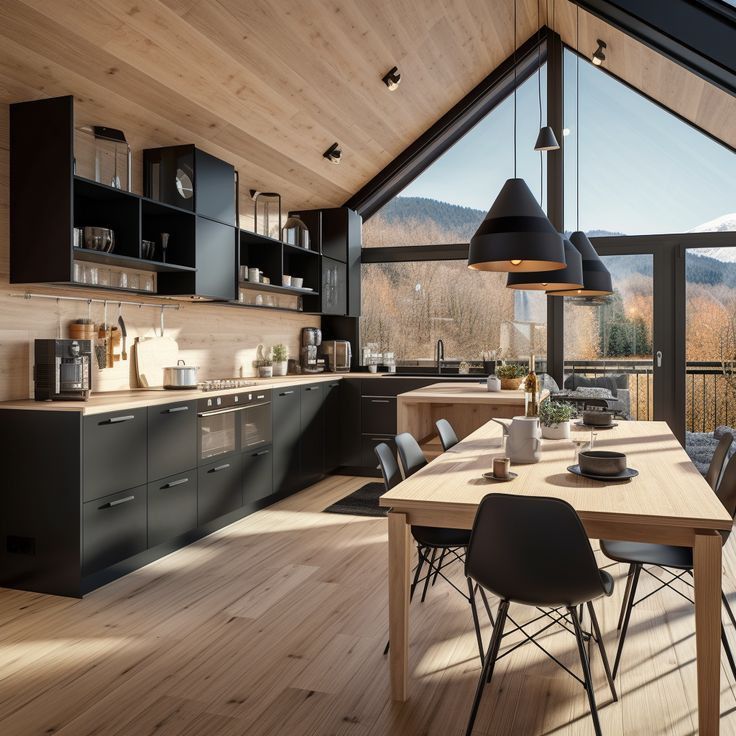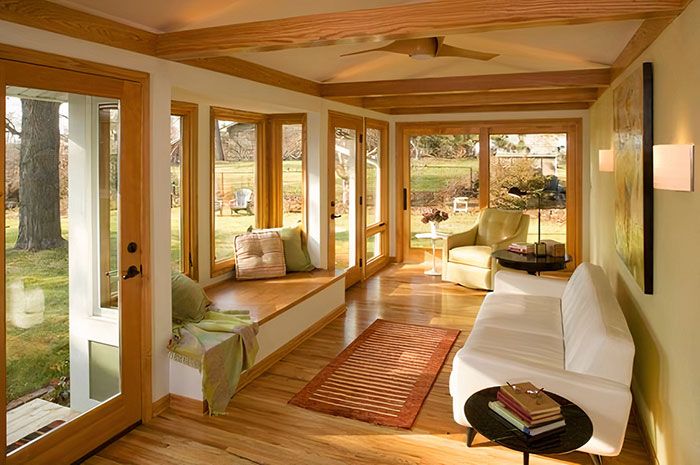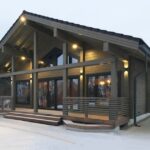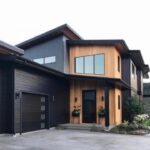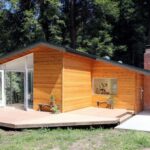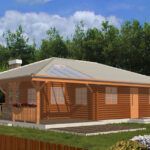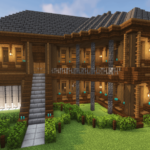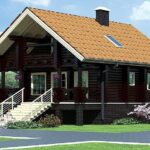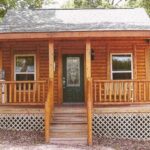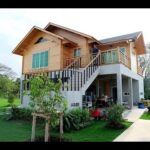Wooden houses have been a popular choice for homeowners for centuries, thanks to their rustic charm and natural aesthetic. However, modern wooden house design has evolved to incorporate innovative techniques and materials, making them not only visually appealing but also highly functional and sustainable.
One key aspect of wooden house design is the use of timber frames. Timber frames provide a sturdy structure for the house while allowing for flexibility in design. The use of timber also contributes to the overall sustainability of the house, as wood is a renewable resource that has a lower carbon footprint compared to other building materials.
In addition to timber frames, wooden houses often feature large windows and open floor plans to maximize natural light and airflow. This design strategy not only creates a bright and airy living space but also helps to reduce energy consumption by minimizing the need for artificial lighting and cooling.
Another important consideration in wooden house design is the choice of wood finishes. Different types of wood can be used for interior and exterior finishes, each providing a unique look and feel. From rich mahogany to light pine, the variety of wood finishes available allows homeowners to customize their wooden house according to their style preferences.
Wooden houses can also be designed to be energy-efficient, with features such as passive solar design, proper insulation, and energy-efficient appliances. These design elements help to reduce energy costs and minimize the environmental impact of the house, making it a sustainable choice for eco-conscious homeowners.
Overall, wooden house design offers a timeless and versatile aesthetic that can be adapted to suit a wide range of tastes and preferences. With its natural beauty, sustainability, and functionality, it is no wonder that wooden houses continue to be a popular choice for homeowners looking to create a warm and inviting living space.
